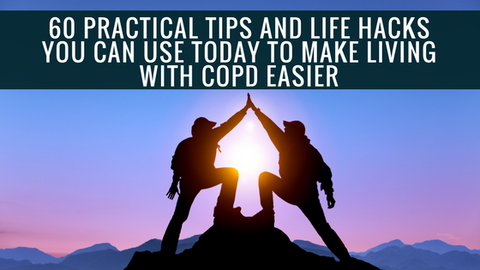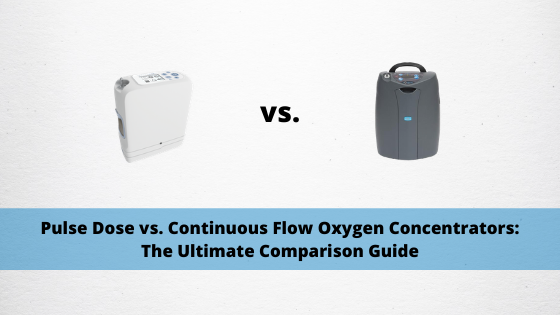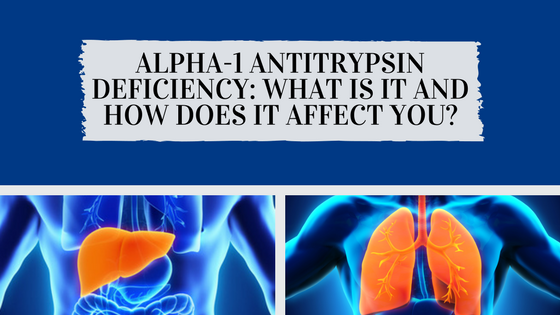Respiratory Resource Center - LPT Medical
60 Practical Tips You Can Use to Make Living With COPD Easier
Managing a lifelong, chronic disease like COPD can take...
Read MorePulse Dose vs. Continuous Flow Oxygen Concentrators: The Ultimate Comparison Guide
If you suffer from any number of respiratory ailments,...
Read MoreAlpha-1 Antitrypsin Deficiency: What is it and How Does it Affect You?
There are many different conditions that can cause lung...
Read More


